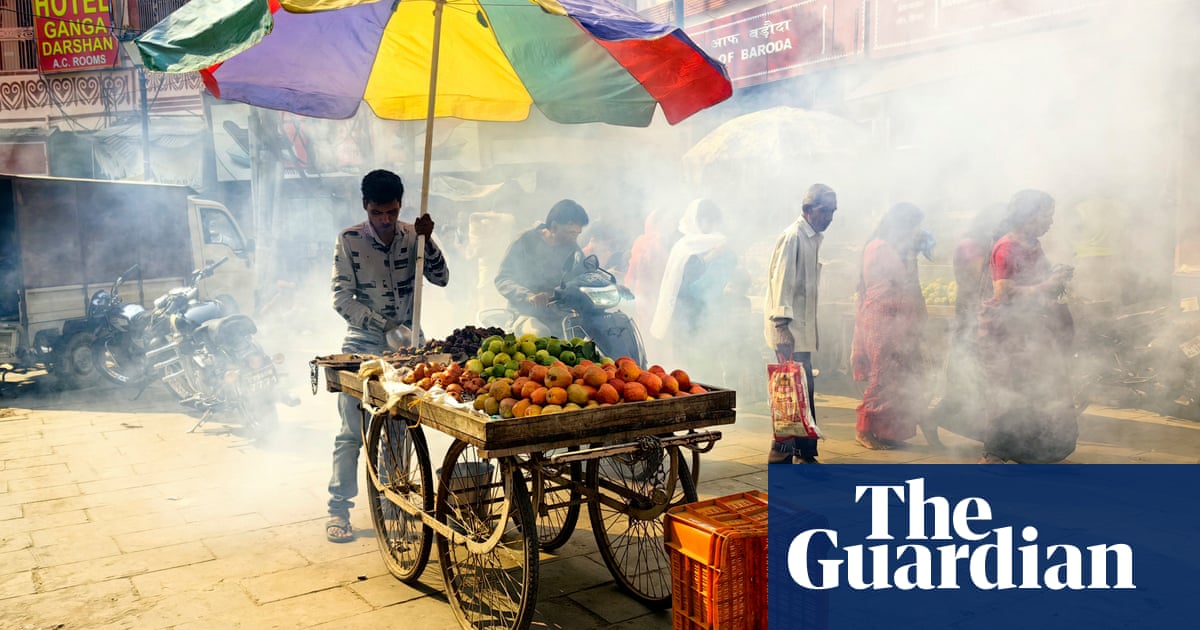
This time it was Barcelona. An ordinary van was transformed into a deadly and indiscriminate weapon.
It seemed to be yet another blow to trust in a basic social compact: that people are essentially safe when they walk down the street, relying on drivers to at least try to follow the rules. That accidents would be impersonal and random, and that everyone would try to avoid them.
Even though the automotive terrorist attacks of the past two years are far rarer than accidents, they are a warning that a driver can wield the ordinary car as a weapon. If anything — even something as ubiquitous as a car — can be a weapon, that adds a sense of menace to daily urban life.
Years of research has found that fear can eventually divide and poison societies, hardening people against perceived outsiders, even causing them to abandon key values. This kind of attack, using one of the most ordinary objects of daily life, could heighten that effect.
The political scientists Marc Hetherington and Elizabeth Suhay, for instance, have found that when people who are usually open and trusting toward outsiders feel they are at risk of a terrorist attack, they become more likely to support harsh, authoritarian policies and more willing to sacrifice civil liberties in exchange for perceived safety.
Terrorist attacks are designed to draw public attention and inspire widespread terror. They force us, as members of the public, to make a mental calculation: Could this happen to me or someone I love? Is there a way I can stay safe? What would it take to protect me?
To find reassurance, we look for strategies that make it possible to answer those questions in a reassuring way.
After the attacks of Sept. 11, for instance, many avoided flying. People who worked in small, anonymous offices could comfort themselves that only buildings as high-profile as the World Trade Center or the Pentagon were at risk of being targeted.
But cars, trucks and vans are all around us. There is no set of rules or limits, short of withdrawing entirely from public life, that would fully protect against an attack like this.
The risks of being killed in this kind of attack are low. In the United States alone, car accidents kill 30,000 to 40,000 people a year. Worldwide, terrorist attacks using cars or other vehicles have killed a tiny fraction of that number.
But that calculus cannot reason fear away. The possibility of an accident feels different from the possibility of being deliberately, if randomly, targeted for murder.
Still, the story of cities has always been one of managing seemingly widespread dangers, including terrorism.
In the early 1990s, after Provisional I.R.A. terrorists placed a bomb in a garbage can in Londons Victoria train station, the city removed many of the bins. Visiting the city, one was left either to puzzle at the absence of refuse or, if one knew why the cans were absent, to see every bin-less street as a reminder that a bomb could be waiting around any corner. The fear eventually grew less shocking, transmuting into the background of dangers inherent in living in a city.
By twisting the purpose of a commonplace machine, attacks like the one in Barcelona create a sense that public life is tinged with inescapable danger. When anything can become a weapon, that chips away at the hope that terrorist attacks are somehow predictable or controllable. It does not take any special skills or resources to obtain a van and drive it into a crowd of innocent people. All it takes is motivation.
That fear is not merely unpleasant. It can have real impact on society and politics.
The recent attacks in Europe may help to explain, for instance, why a recent study from Chatham House, a British research organization, found that over half of Europeans support a ban on immigration from Muslim-majority countries.
Other research shows that when people feel they are under attack because of their membership in a particular group, like their religion, their nationality or their race, they become more attached to that identity, and more hardened and suspicious toward outsiders. That can promote what social scientists call “outgrouping” — fear of outsiders and a desire to control or punish them. When terrorist organizations target, say, Westerners, that leads to outgrouping behavior.
That feeling of “us” versus “them” divides society, heightening prejudices and creating social battle lines — precisely the sort of politics championed by right-wing populists who have grown popular in Europe and the United States.
Whatever the effect of such attacks on Western politics, they are already changing, in subtle but unmistakable ways, the mental geography of urban life. As cities inevitably produce more barriers to wall off the remote threat of another attack, we will grow only more conscious of the ever-present threat posed by ordinary objects.
The New York Times












